The Allure of Tarantula Photography
Tarantula photography offers a unique opportunity to capture the beauty and complexity of these fascinating creatures. The vibrant colors, intricate textures, and captivating behaviors of tarantulas make them a compelling subject for photographers of all skill levels. However, photographing tarantulas requires patience, respect for the animal, and a keen understanding of their environment. The challenge lies in both the technical aspects of photography and the ethical considerations of interacting with wildlife. The reward, though, is the chance to create stunning images that reveal the hidden world of these often-misunderstood arachnids, allowing viewers to appreciate their beauty and contribute to their conservation.
Understanding Your Subject
Before you even pick up your camera, it’s crucial to learn as much as possible about tarantulas. This understanding is key to ethical and successful photography. Knowing their behavior, habitat, and temperament will allow you to anticipate their movements and capture the perfect shot while ensuring their safety and well-being. Researching the specific species you intend to photograph is also very important, as different tarantulas have unique characteristics. Understanding their molting cycles, feeding habits, and defense mechanisms will help you plan your shoots and avoid any potential hazards. This knowledge will not only improve your photos but also demonstrate your respect for these creatures.
Tarantula Behavior and Habitats
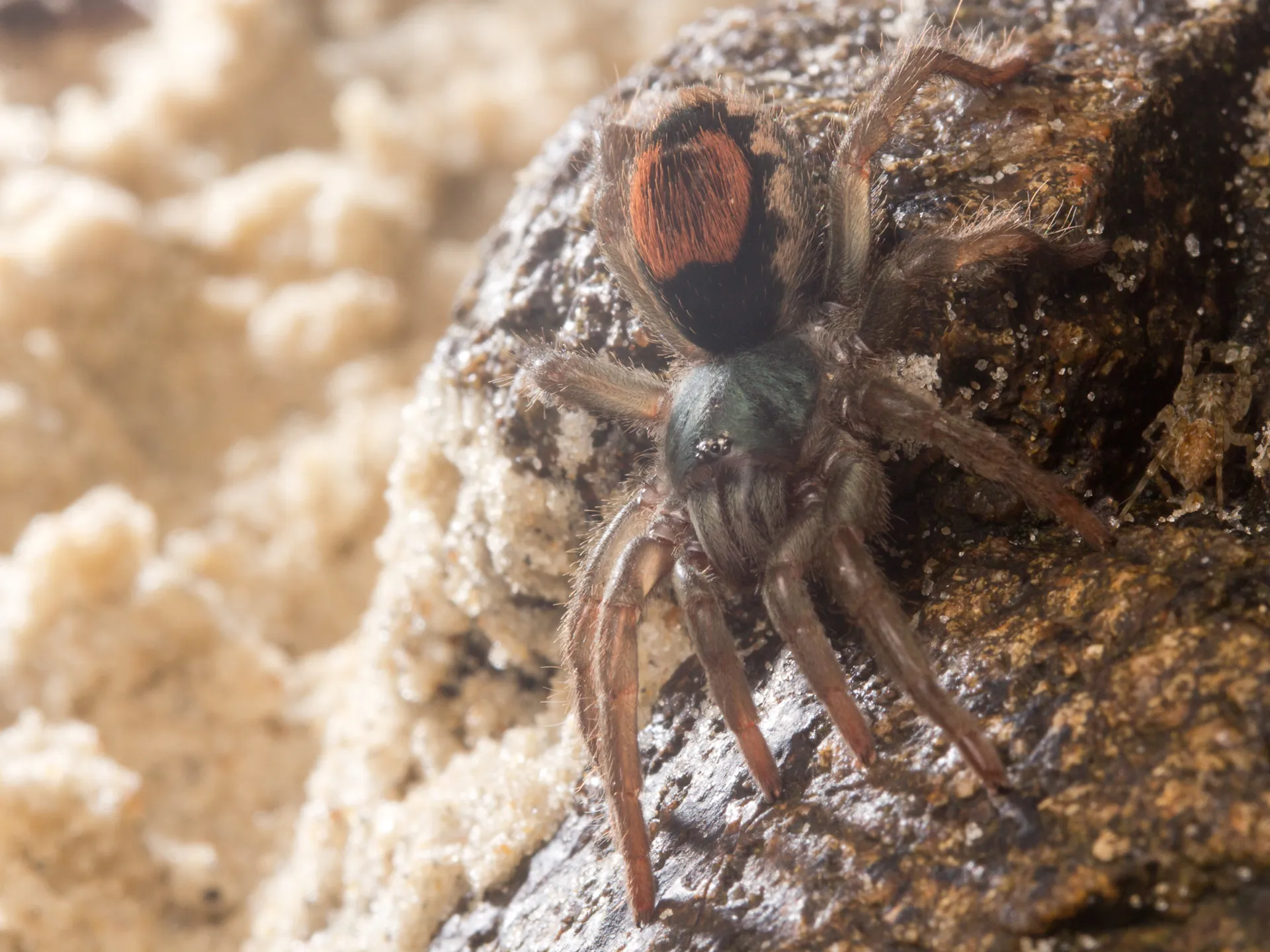
Tarantulas are generally solitary creatures, and understanding their habitat is important for finding them and photographing them ethically. They typically live in burrows, under rocks, or in other concealed locations. Their behavior is influenced by factors such as time of day, temperature, and the presence of potential threats or prey. Observing these behaviors is helpful when anticipating photo opportunities. Consider the time of day when tarantulas are most active, the type of environment they prefer, and their specific behaviors such as hunting, molting, or mating. Remember to respect their space and avoid disturbing their natural environment during the photographic process. Always prioritize the animal’s welfare and avoid any actions that could cause stress or harm. Remember to photograph tarantulas in their natural environment when possible, and avoid removing them from their habitat.
Choosing the Right Equipment
The right equipment is essential for capturing high-quality tarantula photos. The equipment you’ll need will vary depending on whether you are shooting in a studio setting or in the wild, and the level of detail you want to capture. Macro lenses are indispensable because they allow you to get close to your subject and capture intricate details, such as the hairs and fangs of the tarantula. A tripod is also crucial for stability, especially when shooting in low light or using macro lenses, which have a shallow depth of field. You’ll also need lighting equipment to control the amount of light and create the desired mood in your photos. Choosing the right equipment will make all the difference, giving you the best results for your photos.
Camera Body and Lens Selection
For tarantula photography, a DSLR or mirrorless camera with a good dynamic range and low-light performance is recommended. The camera’s sensor size and resolution will influence the level of detail you can capture. When choosing a lens, a macro lens with a magnification ratio of 1:1 or greater is highly recommended. This allows you to fill the frame with the tarantula and capture fine details. Consider lenses with a focal length of 90mm to 105mm, as they offer a good balance between working distance and image quality. These lenses allow you to capture the tarantula in detail without getting too close and potentially disturbing it. Also, a telephoto lens can be used to capture tarantulas from a distance if shooting in their natural habitat. Be mindful to have the proper focal length to obtain the best image quality and detail.
Essential Accessories for Tarantula Photos

Beyond the camera and lens, certain accessories can significantly enhance your tarantula photography experience. A sturdy tripod is vital to minimize camera shake, especially when using macro lenses or shooting in low light. Remote shutter releases or the camera’s self-timer function will further reduce any vibrations. Diffusers or reflectors can help soften light, reducing harsh shadows and enhancing the overall aesthetic of your photos. A portable flash unit with a diffuser can provide controlled light for close-up shots. Consider also carrying a polarizing filter to reduce glare and improve color saturation, especially when photographing tarantulas in their natural habitat. Be sure to bring extra batteries and memory cards to avoid running out of power or storage space during a shoot.
Mastering Lighting Techniques
Lighting is a critical aspect of photography, and tarantula photography is no exception. Proper lighting can dramatically enhance the beauty and detail of your subject. Experiment with different lighting techniques to create various effects, from highlighting the tarantula’s texture to creating dramatic shadows. Understanding how light interacts with the tarantula’s exoskeleton and hairs will allow you to create compelling images. The goal is to capture the tarantula with sufficient light to reveal its features, without creating overly harsh shadows or overexposing the image. Careful lighting techniques are the difference between a good photo and an outstanding one.
Natural Light vs Artificial Light
Natural light offers a soft and even illumination, ideal for showcasing the natural colors of tarantulas. Shooting during the golden hours (shortly after sunrise and before sunset) will provide warm, flattering light. Cloudy days also offer diffused light, minimizing harsh shadows. However, natural light can be unpredictable, and you have less control over its direction and intensity. Artificial light, such as flash units and continuous lights, provides more control over the lighting setup. Flash units with diffusers can soften the light and reduce harsh shadows, while continuous lights allow you to see the lighting effects in real-time. When using artificial light, be careful not to overexpose the image, which can wash out details. It is often helpful to experiment with both natural and artificial light to understand their benefits and limitations.
Setting Up Your Shot
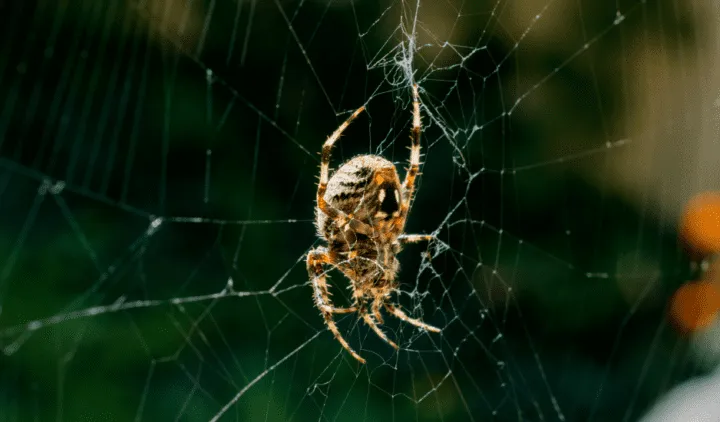
Setting up your shot involves arranging the subject and its environment to create an aesthetically pleasing image. The background, angle, and composition all play a role in the final image. Choosing a background that complements the tarantula is important. Consider using a plain background to isolate the subject or incorporating elements of its natural habitat for a more natural look. Experiment with different angles to find the most flattering perspective. Shooting from a low angle can emphasize the tarantula’s size and create a more dramatic effect. Consider the lighting, composition, and overall aesthetic. The goal is to showcase the tarantula’s beauty and create a visually appealing image that captures the viewer’s attention. Also, be patient and take time to compose the perfect shot, considering all elements of your scene.
Composition and Framing
Effective composition and framing are crucial for creating visually appealing tarantula photos. Composition involves arranging the elements within the frame to guide the viewer’s eye and create a sense of balance and harmony. The framing refers to the edges of the photograph, which define the boundaries of the image. Use these techniques to create compelling photographs. The goal is to create a visually striking image that captures the viewer’s attention and tells a story. It will also add an extra layer of creativity and artistic expression to your work. Experiment with different compositions and framing techniques to discover what works best for your vision.
Rule of Thirds and Leading Lines
The Rule of Thirds is a fundamental composition guideline that divides the frame into nine equal parts using two horizontal and two vertical lines. Placing key elements, such as the tarantula, along these lines or at their intersections creates a balanced and visually engaging image. Leading lines, such as branches, rocks, or other natural elements, can be used to draw the viewer’s eye towards the main subject. By strategically placing these lines, you can guide the viewer’s gaze and create a sense of depth and perspective in the photo. The goal is to use these principles to make your photos more interesting and aesthetically pleasing, and to communicate your vision to the viewer more effectively. The best compositions often involve a balance of these elements, creating a harmonious and captivating image.
Creating Depth and Focus
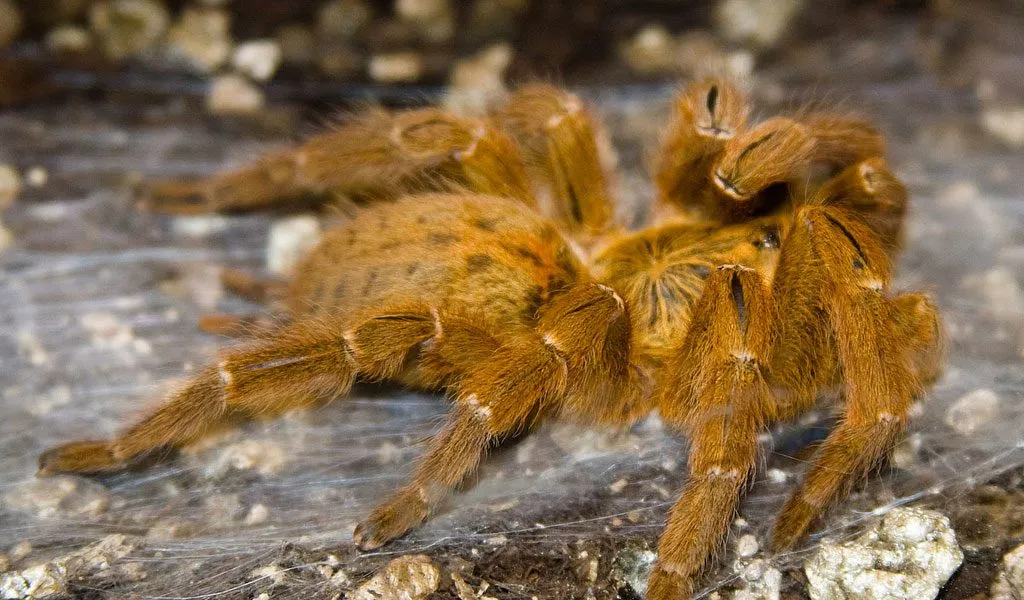
Creating depth and focus is important in tarantula photography, as it draws the viewer into the image and makes the subject stand out. Use a shallow depth of field by selecting a wide aperture (low f-number) to blur the background and isolate the tarantula. Focusing on the eyes and the area immediately surrounding them is essential to capture the viewer’s attention. Employing techniques to make your photos visually interesting, such as using leading lines or interesting background elements will help to add more depth and focus. Careful attention to focus and depth of field allows you to create a more immersive and engaging photograph.
Post-Processing Your Photos
Post-processing is an essential step in tarantula photography, allowing you to refine your images and bring out their full potential. Using editing software can enhance colors, adjust brightness and contrast, and sharpen details. However, it is important to use these tools responsibly to avoid over-editing and creating unnatural-looking images. The goal of post-processing should be to improve the quality of your images and enhance the natural beauty of the tarantula. Proper editing can make the difference between a good photograph and a great one.
Editing Software and Basic Adjustments
There are many photo editing software options available, ranging from free to professional. Basic adjustments include adjusting the brightness, contrast, and exposure to achieve the desired look. Correcting the white balance will ensure accurate colors, while cropping can improve the composition of the image. Experiment with different settings to find what works best for your photos. Learn how to use the basic tools available in your chosen software and gradually develop your editing skills. This includes experimenting with adjusting the overall exposure, highlights, shadows, whites, and blacks to achieve the desired look for your images. The goal is to enhance the photos while maintaining their natural look.
Enhancing Colors and Details
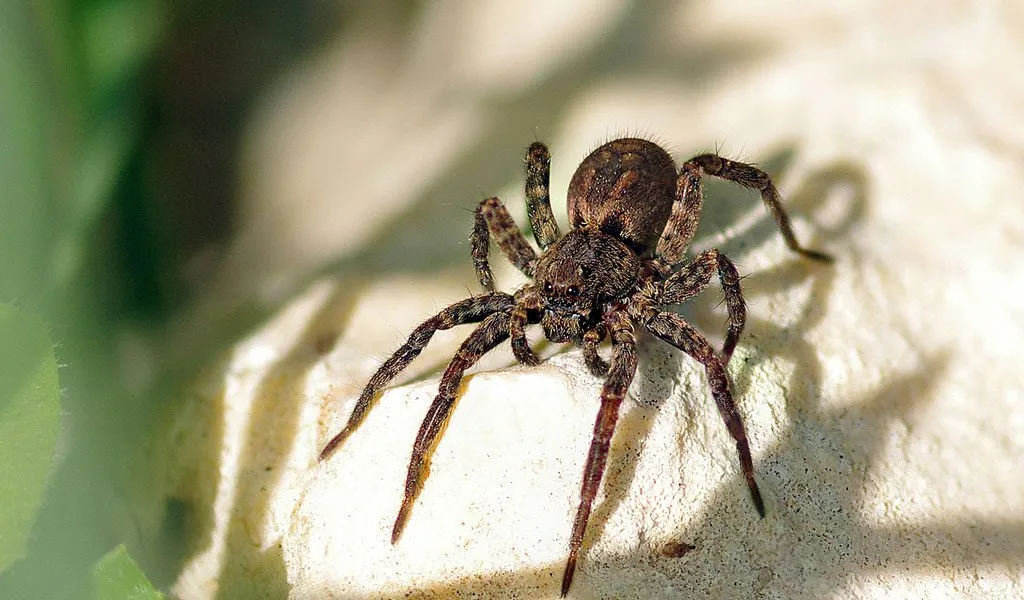
Enhancing colors and details can bring your tarantula photos to life. Use the saturation and vibrance sliders to adjust the intensity of colors without making them look artificial. Sharpening tools can enhance details, but use them sparingly to avoid creating unwanted artifacts. Noise reduction tools can reduce graininess in low-light photos, and selective adjustments can be used to enhance specific areas of the image. Experiment with different editing techniques and develop your own style. When enhancing colors and details, it is important to make sure the images still look natural. Over-editing can make your photos look fake and detract from their appeal. The goal is to enhance the natural beauty of the tarantula while creating visually stunning photos.
Showcasing Your Tarantula Photos
Sharing your tarantula photos is a rewarding experience that allows you to connect with other enthusiasts, receive feedback, and showcase your skills. There are several platforms and options available for showcasing your work. Whether you are looking to simply share your photos, or build a portfolio, there are various ways to make the most of your photos and gain exposure for your work. Select the platform that best suits your needs and style and start sharing your photos with the world. Make sure to always give credit where it is due and to stay respectful of your fellow photographers. The goal is to connect with other enthusiasts and grow as a photographer.
Online Platforms and Communities
Online platforms, such as social media and dedicated photography websites, provide opportunities to share your tarantula photos with a wider audience. Platforms like Instagram and Facebook allow you to connect with other photographers, gain feedback, and participate in communities. Photography-specific websites offer more control over your portfolio and may allow you to sell prints of your work. Joining online communities dedicated to tarantula photography is a great way to learn from others, share your work, and receive constructive criticism. When sharing your photos online, be mindful of copyright and always give credit to the original photographers. Be respectful of the community guidelines, and use hashtags to increase the visibility of your photos. Be open to feedback, and always be willing to learn and improve your skills. The goal is to connect with other enthusiasts and grow as a photographer.
Print and Display Options
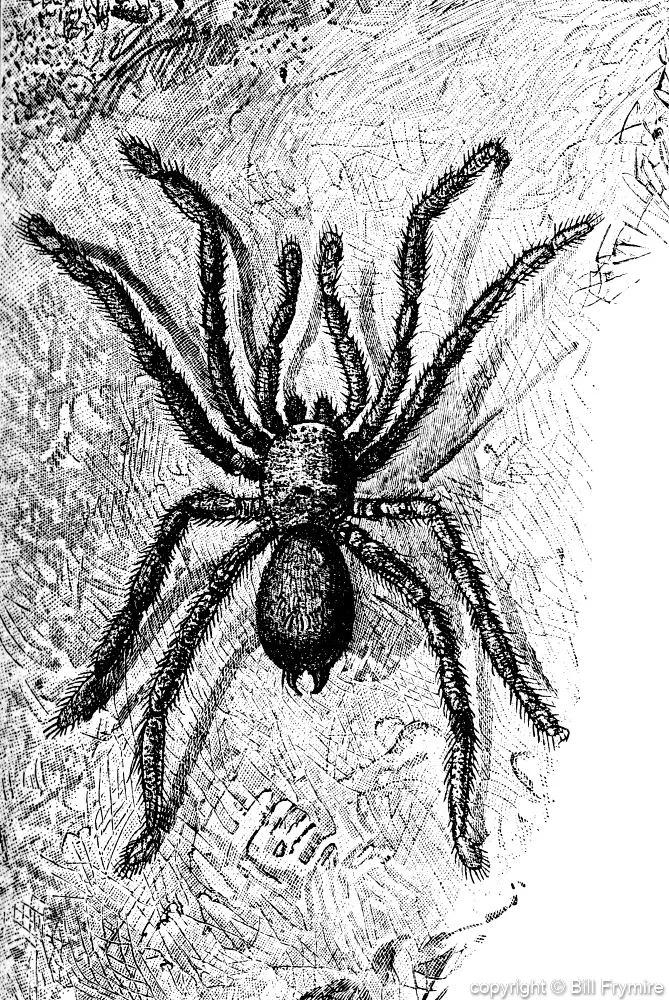
Printing your tarantula photos allows you to appreciate them in a tangible format and share them with others. Printing your photos on high-quality paper or canvas can bring out the colors and details of your images. There are various printing services available, offering different sizes and finishes. You can also create photo books or albums to showcase your best work. Displaying your prints at home or in a gallery is a great way to share your passion for tarantula photography with the world. Consider framing your prints to protect them and enhance their aesthetic appeal. Experiment with different display options, such as hanging them on the wall or placing them on a shelf. The goal is to enjoy your photos in a tangible way and share them with others. Consider the size and format that best suits your needs and your style. You could also look into entering photo competitions to showcase your work and gain recognition.
